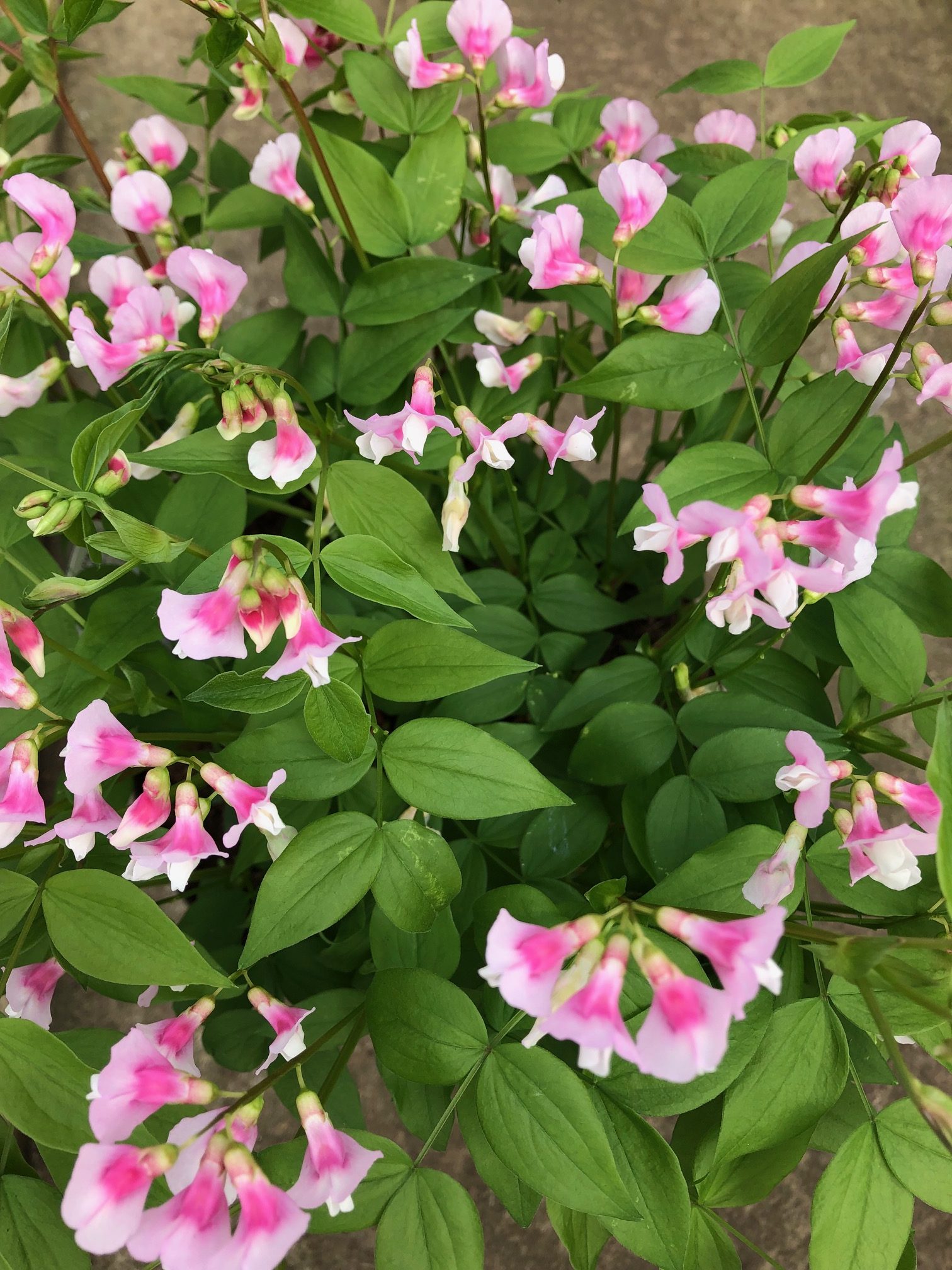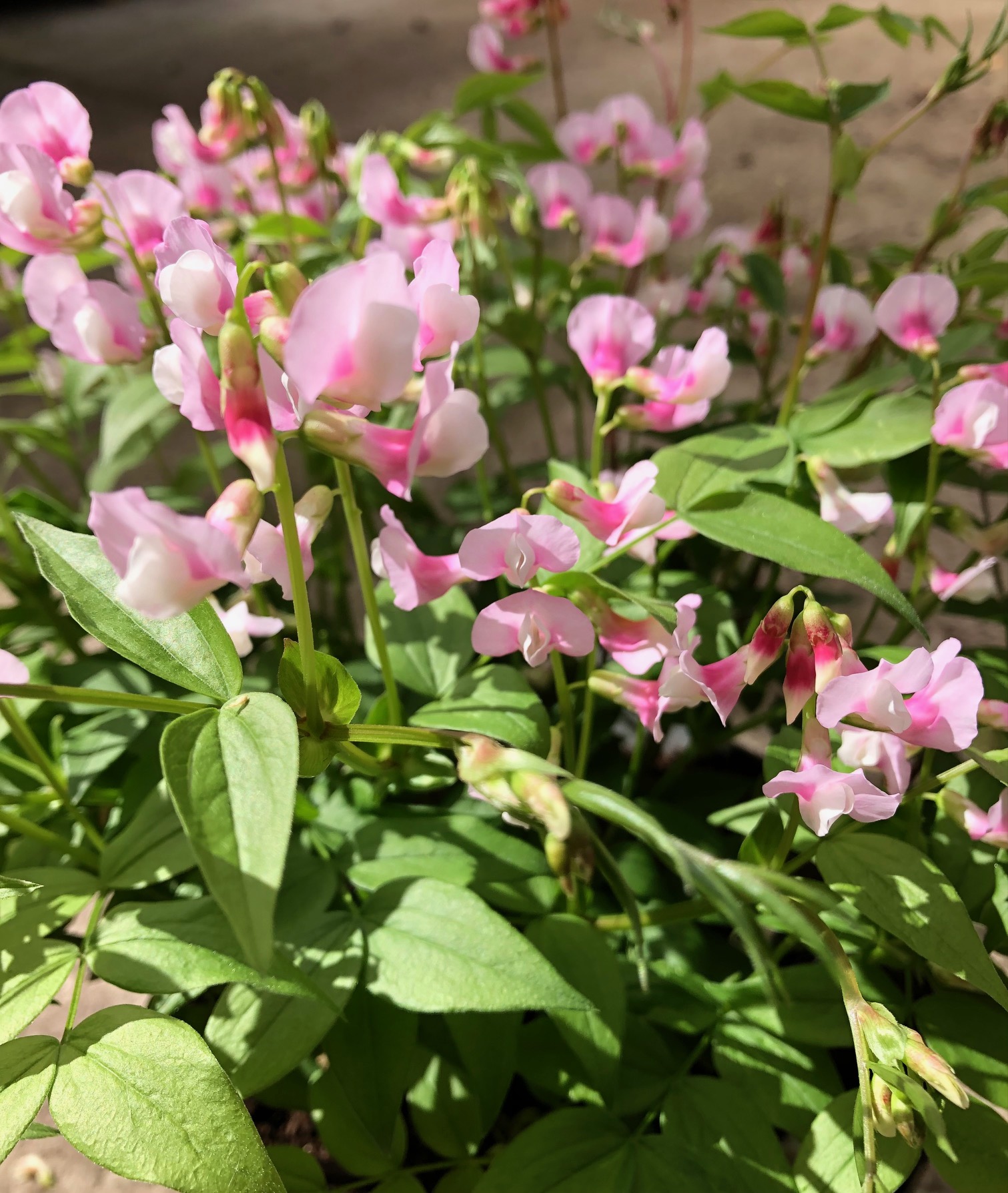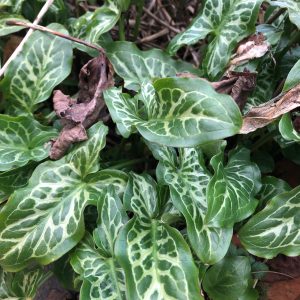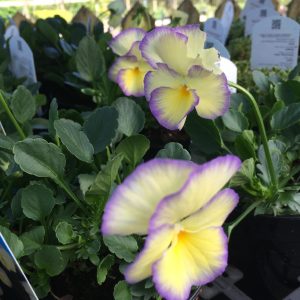Perennials, Rockery / Small Spaces
Spring vetchling
Lathyrus vernus
Spring vetchling 
Spring pea
Lathyrus vernus, commonly known as the spring vetchling or spring pea, is a delightful perennial garden plant that brings a burst of color and beauty to any garden. With its vibrant flowers and delicate foliage, Lathyrus vernus has become a favorite among gardeners. It typically grows to a height of 30 to 60 centimeters and forms clumps of erect, slender stems.
SKU: LATHYRUS-VV
Categories: Perennials, Rockery / Small Spaces
Tags: Border edging plant, Cottage garden plant, Herbaceous border plant, path edging, Perennial Flower, Pink flowers, Rockery Plants, Spring flowering, Spring pea, Spring veitchling








